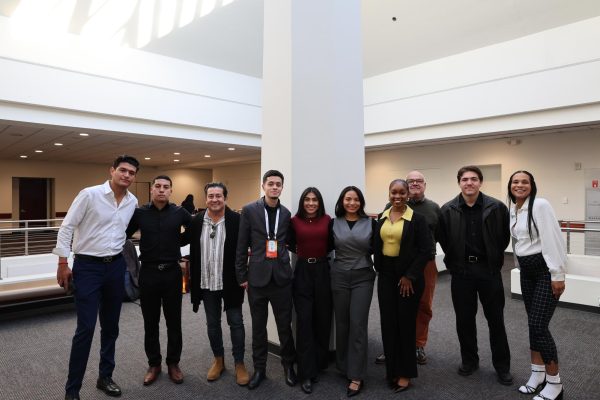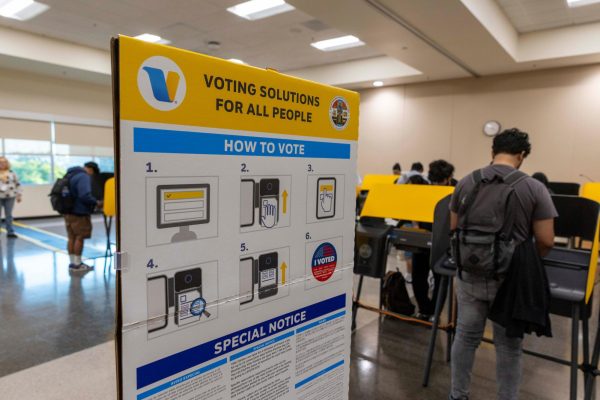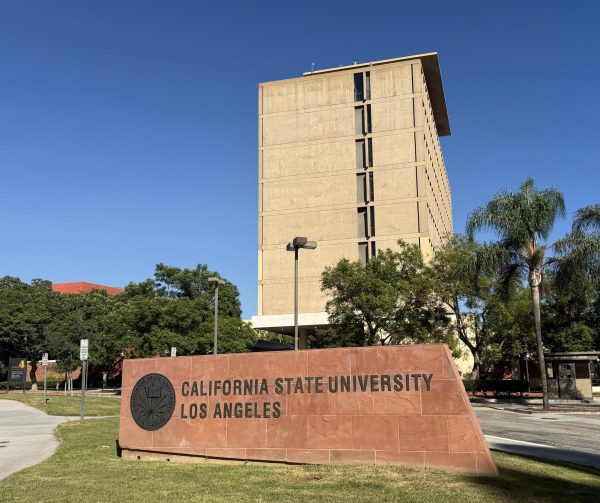Fentanyl, the opioid that is laced to the on-going epidemic
Fentanyl, the opioid that is laced to the on-going epidemic
Happiness, drowsiness, nausea, confusion, and even death. These are the effects people experience when taking the synthetic opioid, fentanyl. Considered to be 50 times stronger than heroin and 100 times stronger than morphine, according to the Center for Disease Control (CDC), recent cases of overdose deaths have been linked to illicitly manufactured fentanyl.
Usually prescribed to patients by doctors, pharmaceutical fentanyl is used to treat severe pain after a patient’s surgery or for advanced-stage cancer. Distributed through the illegal drug market, the illicit manufactured fentanyl comes in different forms, varying from liquid to powder.
Manufactured fentanyl is often mixed with other drugs, such as heroin, cocaine and methamphetamine, without recreational drug users’ permission or knowledge, making it dangerous for those people who may be unaware that their drugs are laced with fentanyl.
In the first half of 2021, according to the provisional drug overdose death count data acquired from the CDC, the number of overdose deaths from synthetic opioids were over 24,000 in California. In the first half of 2022, the death count rose to over 30,000, a 29% increase from the first half of 2021. Among those (actual) deaths in 2021, over 200 deaths were from the ages of 15 to 19, according to the California Department of Public Health.
Carmen Fann, an art history major, spoke to the UT about how the synthetic opioid took three of her friends’ lives. Over 20 years ago, Fann met her group of friends in high school.
“They took cocaine that was laced with fentanyl,” Fann said. “[They] didn’t know it, and they were all together, and they all died together. It really hit home not only because they were friends for so long, but I partied with these guys. That could have been me.”
Fann said she found out about the news after work four years ago in December through a friend but did not know the details about the cause of death. She later found out how they passed away after getting in contact with one of the victim’s brother.
“Of course, nobody wants to talk about what happened, especially if it involves drugs or something like that,” said Fann. “It was even more devastating. They were just having fun, something that wasn’t out of the ordinary, and something tragic happened.
As more cases begin to rise, Fann said it’s important to open up the conversation about the dangers of fentanyl-laced drugs.. She said it’s important to educate young people about what’s going on in the world and not just say “don’t do it.”
As previously reported, the Public Health Student Health Association offered drug test strips to help students learn more about fentanyl’s health risks, signs of overdose and harm-reduction strategies.
With more cases of overdoses rising, KTLA reported that researchers might have found a potential vaccine for fentanyl addiction. The article states the vaccine would be able to generate anti-fentanyl antibodies to help prevent the drug from entering the brain and not have the user experience a euphoric effect.
Although the vaccine would not be able to prevent overdose, the most suggested response is still Narcan, a nasal spray used to help reverse the effects of an opioid overdose. Last month, the Los Angeles County Board of Supervisors unanimously voted to supply Narcan at county libraries and give training to librarians on how to properly administer it. This decision comes after many reported overdoses in students from the Los Angeles Unified School District, according to CBS News.
Dean of the University Library Carlos Rodriguez said that the campus library did not receive Narcan and recommended reaching out to the Student Health Center.
Gerald Ko, the director of the pharmacy at the Student Health Center, said they are in the process of ordering Narcan, which will be available to students in the near future. They are also finalizing the process of providing the required training to administer Narcan. The Student Health Center will be providing additional educational training and resources in the near future.

Erick Cabrera is a fourth year journalism major. He is the staff photographer and reporter for the University Times. During his free time, he enjoys film...

Fatima Rosales is majoring in Graphic Design and Visual Communications. She works for the University Times as Production Manager, designing the newspaper,...











